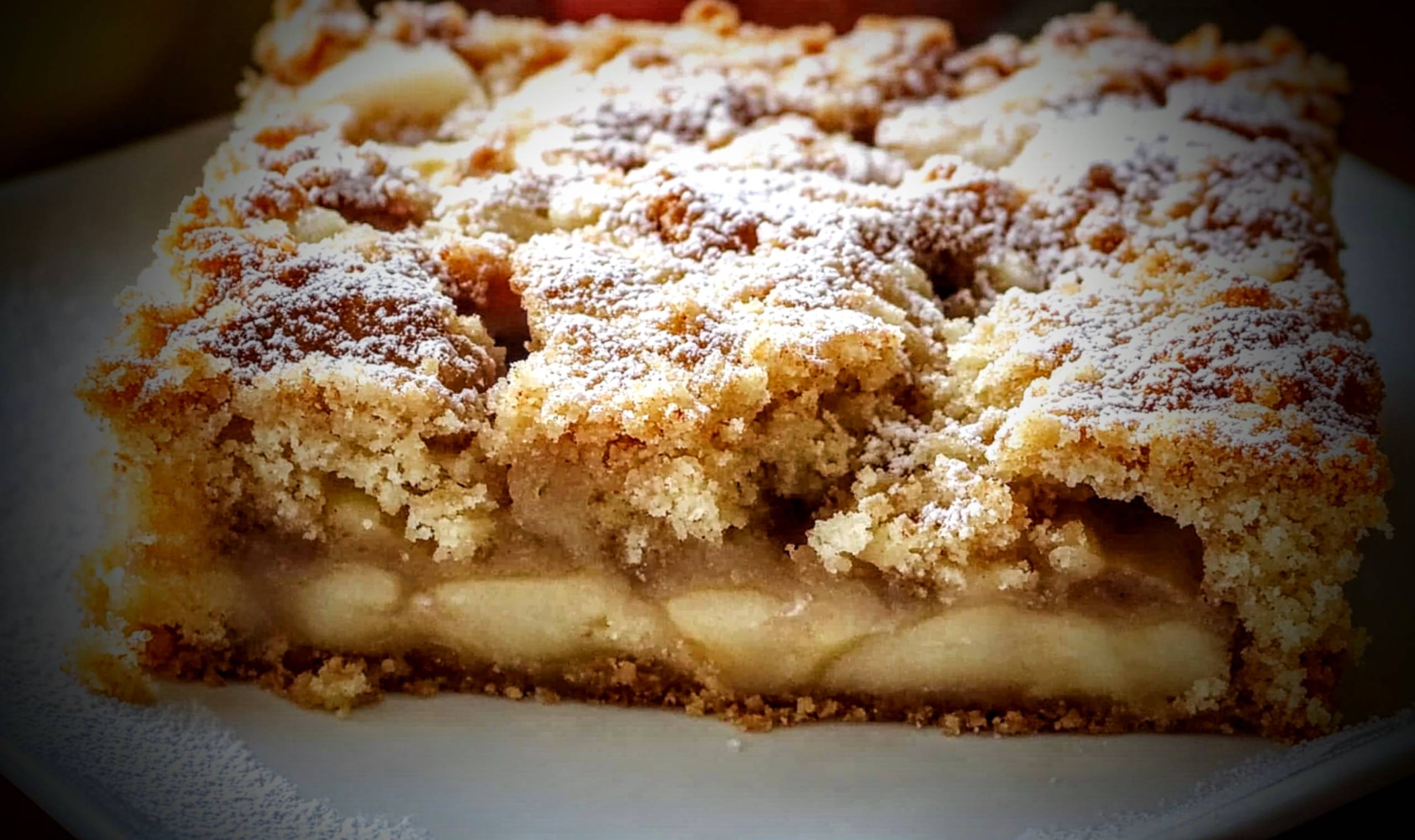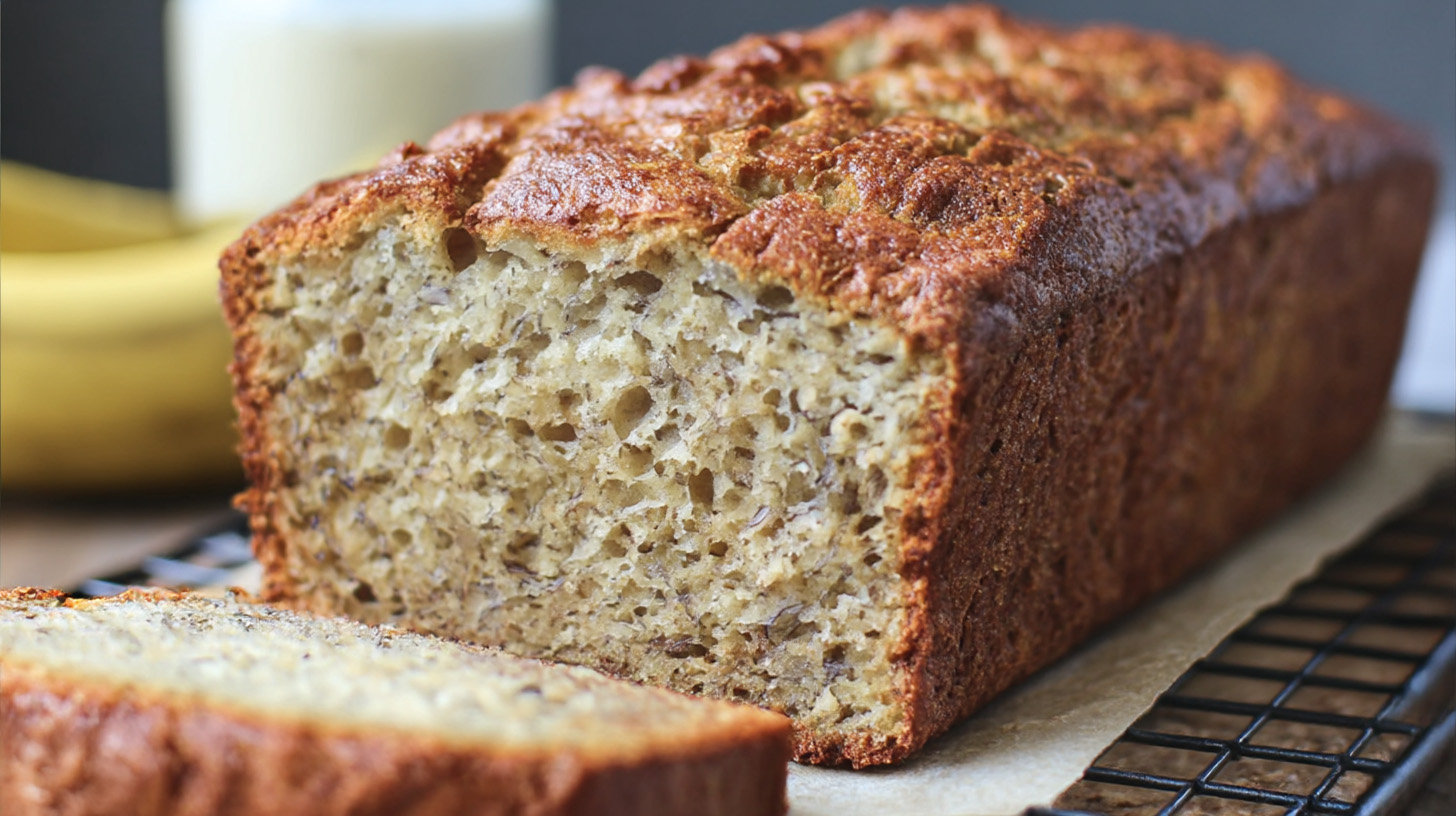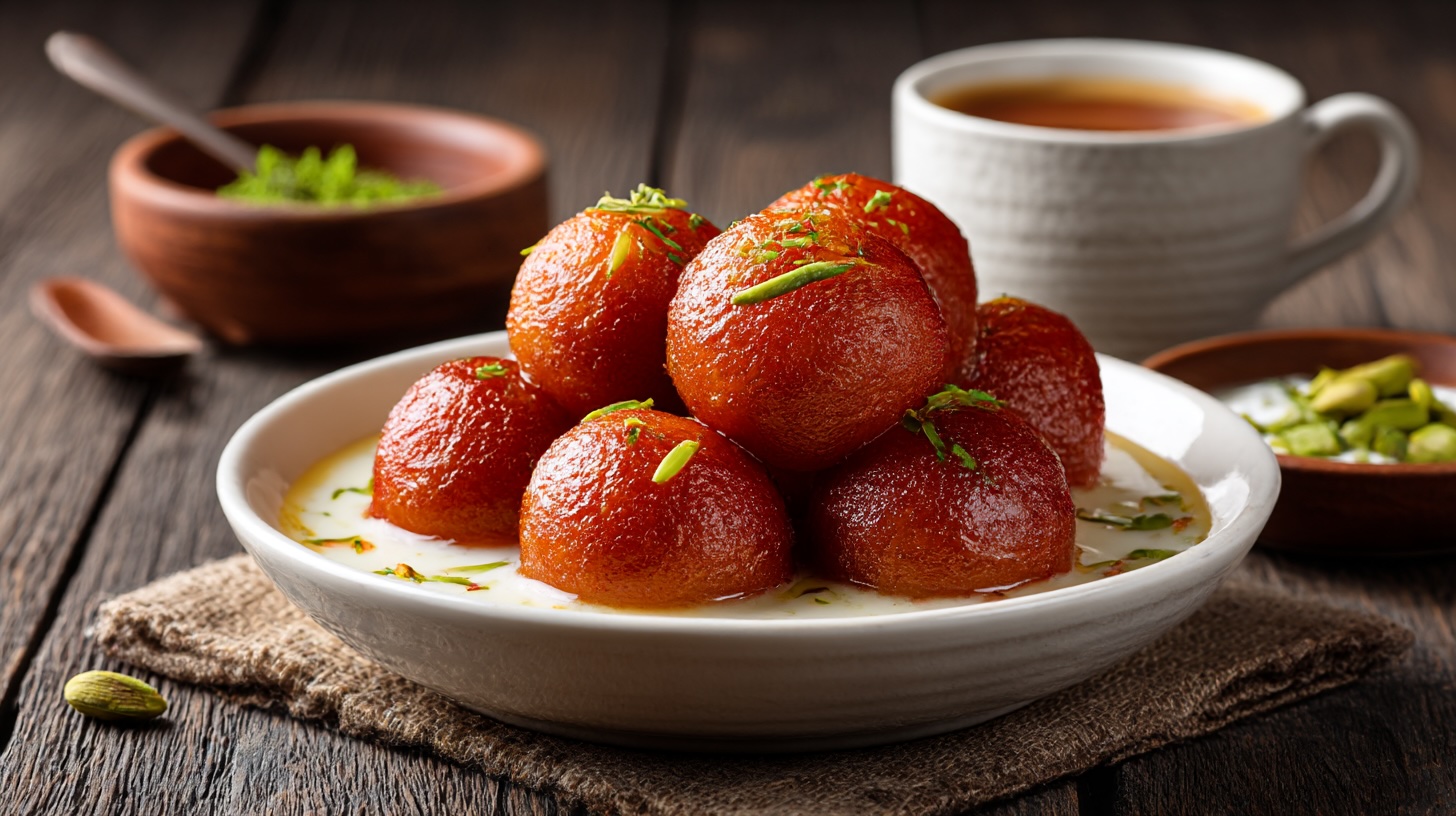Szarlotka: The Heartwarming Tradition of Polish Apple Pie
The Origins of Polish Apple Pie Szarlotka
The rich history of szarlotka, the beloved Polish apple pie, is a testament to the country’s culinary traditions and the significance of apples in Polish culture. The origins of this delectable dessert can be traced back to medieval times, when apples were introduced to Poland through trade routes. This fruit quickly gained popularity due to its versatility and availability, leading to the development of various recipes, many of which have been passed down through generations.
In essence, szarlotka bears a resemblance to apple pies found in other European cultures, such as the English apple pie and the French tarte aux pommes. These similarities highlight the shared European heritage of pastry making, where the simple combination of apples, sugar, and pastry crust has been a favorite across borders. However, it is the unique Polish interpretation that has cemented szarlotka as a quintessential dish in Poland, often served during family gatherings and festive occasions.
Over the years, the recipe for szarlotka has evolved, reflecting regional preferences and seasonal ingredients. Traditionally, tart apples such as Antonówka and Szara Reneta are favored for their firm texture and sharp flavor, which balance sweeteners well. Variations in preparation also arise from different areas of Poland, with some regions incorporating spices like cinnamon or nutmeg, while others may prefer a more straightforward approach to let the natural taste of the apples shine through.
Moreover, the evolution of szarlotka goes hand in hand with the agricultural practices in Poland. As apple cultivation flourished in various regions, so too did the creative adaptations of apple pie, transforming it into a celebrated dish that captures the essence of Polish culture and culinary pride.
Historical Significance of Szarlotka
Szarlotka, a traditional Polish apple pie, embodies the rich cultural heritage of Poland, serving not only as a delightful dessert but also as a symbol of familial bonds and communal gatherings. Throughout Polish history, food has held a significant place in both everyday life and special occasions, and szarlotka has played a central role in these moments. This dessert, made primarily from apples and a buttery crust, has been a staple at family gatherings, holidays, and celebrations, offering warmth and comfort to those who partake in it.
The presence of szarlotka at various celebrations is a testament to its importance in Polish traditions. Whether served during Christmas Eve, named “Wigilia,” or alongside coffee during Sunday family visits, this pie brings people together, fostering a sense of community and continuity. It has often been prepared following cherished family recipes passed down through generations, each with its unique variations. The making of this pie is commonly accompanied by stories, laughter, and shared memories, enriching the baking experience while reinforcing family ties.
Moreover, during difficult historical times, such as World War II and its aftermath, szarlotka emerged as a comfort food for many Poles. The pie became a symbol of resilience, offering solace amid hardship. Many families took to baking szarlotka with whatever ingredients they could scrounge, transforming a simple dish into a beacon of hope and normalcy. Personal stories abound of families gathering around the table with this beloved pie, finding comfort not only in its sweet taste but also in the unity it fostered. Indeed, szarlotka represents a confluence of history, culture, and emotion, reinforcing its status as a cherished part of Polish life that captures the essence of nostalgia and tradition.
Traditional Flavours in Szarlotka
At the heart of a classic szarlotka, or Polish apple pie, are the core ingredients that create its signature taste: fresh apples, aromatic cinnamon, and plump raisins. Each component plays a pivotal role in balancing flavors and textures, resulting in a dessert that is not only delicious but also evokes a sense of nostalgia for many who grew up savoring this traditional dish. The apples chosen for the recipe are typically tart, with varieties such as Granny Smith or Antonówka being popular due to their ability to maintain structure while baking. This prevents the filling from becoming overly mushy and allows the apples to retain their natural sweetness and tang.
Cinnamon is another crucial ingredient, infusing the szarlotka with its warm, comforting aroma. This spice brings out the innate flavors of the apples, enhancing their sweetness while providing a hint of warmth that is especially timeless in colder seasons. The addition of raisins introduces another layer of complexity; their chewy texture and natural sweetness offer a delightful contrast to the crisp apple filling. Together, these flavors meld beautifully, creating an aromatic experience that is both richly indulgent and satisfying.
Modern adaptations of szarlotka often explore variations by introducing additional spices, such as nutmeg or ginger, which can add depth to the flavor profile. Some bakers may also experiment with different fruits, such as pears or cranberries, for an interesting twist. Additionally, variations in crust textures, from crumbly toppings to flaky pastry bases, provide unique interpretations while preserving the traditional essence of this beloved dessert. Ultimately, whether one opts for the classic combination or ventures into creative adaptations, the flavors of cinnamon and raisins remain integral to the authentic experience of szarlotka.
The Art of Making Szarlotka: A Detailed Recipe of Polish Apple Pie
The preparation of szarlotka, a beloved Polish apple pie, involves several essential steps that culminate in a delicious and heartwarming dessert. To begin, gather the following ingredients: approximately 2 cups of all-purpose flour, 1 cup of unsalted butter (cold and diced), 1 cup of granulated sugar, 1 large egg, and a pinch of salt for the pastry. For the filling, you will require about 4-6 medium apples, preferably a mix of sweet and tart varieties, such as Granny Smith and Honeycrisp, 1 teaspoon of cinnamon, and the juice of half a lemon.
Start by preparing the pastry. In a large mixing bowl, combine the flour, salt, and sugar. Add the cold, diced butter and mix using your fingertips or a pastry cutter until the mixture resembles coarse crumbs. Incorporate the egg and blend until the dough forms. Divide the dough into two portions, wrapping one with plastic wrap and refrigerating it for about 30 minutes.
While the dough is chilling, proceed with the apple filling. Peel, core, and slice the apples into thin wedges for even cooking. Toss the sliced apples with lemon juice, cinnamon, and a few tablespoons of sugar, adjusting to taste. This step enhances the flavor while preventing browning.
After chilling the dough, preheat your oven to 375°F (190°C). Roll out the larger portion of pastry on a floured surface and line a greased pie dish, allowing some excess pastry to hang over the edges. Fill with the spiced apple mixture, then roll out the second dough portion to form a top crust. Place this over the filling, sealing the edges by crimping. Make a few slits on top for steam to escape.
For a golden finish, brush the top crust with an egg wash. Bake for 45-50 minutes, until the crust is golden brown and the apples are tender. For variations, consider using gluten-free flour or switching up the spices to suit dietary preferences. Now, with a bit of patience and attention, you can enjoy a beautifully crafted szarlotka, perfect for any occasion.
Modern Takes: Contemporary Szarlotka Recipes
As culinary trends evolve, the beloved traditional Polish apple pie, or szarlotka, has inspired a variety of contemporary adaptations that expertly blend classic elements with modern twists. Chefs and home bakers alike are experimenting with this time-honored dish, creating versions that not only honor its heritage but also cater to diverse dietary preferences.
One notable adaptation is the gluten-free szarlotka. Utilizing alternative flour options such as almond or coconut flour allows those with gluten sensitivities to enjoy this delightful dessert without compromising on taste or texture. Furthermore, these flours can impart a unique richness that complements the sweetness of the apples. Many bakers share their experiences of experimenting with these flours, revealing that achieving a flawless crust is attainable with the right techniques and the careful selection of ingredients.
In addition, the rise of vegan diets has led to innovative plant-based interpretations of szarlotka. By swapping out butter with coconut oil or using a flaxseed mixture as an egg substitute, the pie retains its delectable flavor while being suitable for vegans. Enthusiasts often emphasize that the choice of apples is crucial, as some varieties, such as Granny Smith or Honeycrisp, offer the perfect balance of tartness and sweetness, elevating the entire pie.
Another creative trend is the incorporation of unexpected flavor combinations. For instance, adding a layer of caramel or incorporating nuts such as walnuts or pecans introduces new textures and depth to the familiar dessert. These variations not only surprise the palate but also encourage bakers to think outside the box when preparing the traditional szarlotka recipe. Chefs who embrace these innovative approaches often share their excitement in experimenting with spices, such as cinnamon or ginger, as well, augmenting the pie’s aromatic charm.
These modern takes on szarlotka demonstrate how a traditional recipe can evolve while still retaining its core essence, allowing it to be enjoyed by new generations and diverse dietary communities.
Where to Find Authentic Szarlotka in Poland
Poland is home to many establishments that take pride in serving authentic szarlotka, each offering unique recipes and flavors that reflect regional differences. When seeking out the best places to taste this beloved Polish apple pie, visitors should look to local bakeries, traditional restaurants, and even specialty cafes that prioritize handcrafted desserts.
In Warsaw, numerous bakeries are renowned for their traditional szarlotka. One such establishment is “Cukiernia Pawlowicz,” which has been serving delectable desserts since 1930. Their szarlotka‘s flaky crust, paired with a rich apple filling spiced with a hint of cinnamon, ensures that every bite is an experience to remember. Another notable location in the capital is “Cukiernia Mieszko,” where visitors can find variations that cater to modern tastes while honoring classic methods.
In Kraków, the cozy “Cafe Noworolski” is a must-visit for dessert aficionados. Their szarlotka is served warm, generously topped with a scoop of vanilla ice cream, elevating the experience to new heights. Furthermore, one can discover regional specialties in smaller towns, where family-owned places often have their unique spins on the classic apple pie. Look for establishments that utilize local ingredients, such as freshly picked apples from nearby orchards, and traditional baking techniques passed down through generations.
When searching for authentic szarlotka, discerning diners should pay attention to the texture and quality of the crust, which should be light and flaky, contrasting with a well-balanced filling that isn’t overly sweet. The presence of seasonal spices, such as cinnamon or nutmeg, indicates a dedication to tradition. By exploring various regions and asking locals for recommendations, one can uncover the heart of Poland’s szarlotka tradition, tasting the genuine flavors that make this dessert a cherished staple in Polish cuisine.
Finding Szarlotka Beyond Poland
Szarlotka, a quintessential Polish apple pie, enjoys a global presence thanks to the emigrant communities who have preserved and adapted this beloved dessert over the years. Initially brought to various countries by Polish immigrants, the recipe for szarlotka has become a symbol of nostalgia, evoking memories of home while embracing local culinary traditions. This adaptation process has resulted in a multitude of variations, where classic ingredients intertwine with regional flavors.
In countries such as the United States, Canada, and the United Kingdom, the tradition of making szarlotka has survived and evolved. Polish enclaves in cities like Chicago, New York, and London offer a vibrant scene where the heritage of this apple pie thrives. Many residents have the opportunity to savor authentic szarlotka prepared in traditional ways, often served in Polish bakeries and restaurants that specialize in Eastern European cuisine. Furthermore, these establishments sometimes incorporate local ingredients, giving a unique twist to the classic recipe, thereby inviting new fans to appreciate this classic dessert.
Beyond the scope of traditional dining, szarlotka has also found its way into Polish delis, where it is commonly sold alongside other delicacies. These delis serve as a meeting point for the community, allowing locals and visitors alike to sample this cherished pie. Moreover, various culinary festivals around the world have celebrated szarlotka, introducing it to wider audiences eager to explore Polish culinary traditions. Through cooking demonstrations, competitions, and tasting events, these gatherings highlight not only the taste of szarlotka but also the rich cultural narrative associated with it.
As the love for szarlotka continues to cross borders, whether through traditional recipes or innovative interpretations, it remains a delicious and evocative reminder of Polish heritage cherished by many across the globe.
Cultural References and Jokes about Szarlotka
Szarlotka, the beloved Polish apple pie, holds a special place not only on our dining tables but also in the cultural fabric of Poland. It has inspired numerous light-hearted jokes and anecdotes that reflect its status as a staple of Polish hospitality. For instance, one popular jest claims: “Why did the apple pie join a gym? Because it wanted to stay fit for the szarlotka challenge!” These playful quips highlight how szarlotka is not only a dish but a vibrant topic within Polish gatherings.
In Polish media and folklore, szarlotka is often depicted as a symbol of warmth and familial bonding. It’s the dessert that appears at every family gathering, marking celebrations and comforting those in need. A classic Polish saying goes, “A guest without szarlotka is like a home without love.” This reflects the pie’s importance in Polish culture, where sharing food is synonymous with sharing affection. Szarlotka has also appeared in popular television shows and films, often showcased as a centerpiece during pivotal family moments, reinforcing its role as a comforting presence in everyday life.
Moreover, countless family anecdotes illustrate the nostalgia surrounding szarlotka. One such story recounts how a grandmother would always ask her grandchildren to help peel apples, turning what could be a mundane task into a delightful family affair. The laughter, stories, and efforts put into creating the perfect szarlotka create memories that last long after the dessert is gone. It is no surprise that szarlotka has become a symbol of Polish identity and hospitality, evoking joy and fond memories whenever it graces a table. The essence of sharing a slice of this apple pie carries an underlying message: love, warmth, and connection thrive wherever szarlotka is present.
Preserving the Tradition: Szarlotka in Family Recipes
Szarlotka, the beloved Polish apple pie, holds a significant place in the hearts of many families, serving not only as a delightful dessert but also as a vessel for cultural and culinary heritage. The act of preparing this traditional pastry creates an opportunity for family bonding and memory-making, spanning generations. Each family often has its own variation of the recipe, adapted over the years to reflect personal tastes or dietary needs. These adaptations breathe new life into the classic, ensuring that the essence of szarlotka endures.
Often, the process of making szarlotka brings family members together in the kitchen, fostering conversations and laughter. Children watch and learn, soaking in techniques and stories that accompany the preparation of the beloved pie. As they measure ingredients and stir the filling, they are not just participating in a culinary act but are also inheriting a legacy. Many families pass down cherished recipes alongside fond memories—perhaps a grandmother’s secret ingredient or an aunt’s special baking technique—creating a rich tapestry of individual stories interwoven with the tradition of making szarlotka.
In some households, szarlotka is not just prepared for everyday enjoyment; it plays a starring role during special occasions—birthdays, holidays, and gatherings. The aroma of freshly baked szarlotka wafting through the air evokes nostalgia, reminding everyone of past celebrations spent together. It serves as a dessert that binds families, offering a chance to reflect on shared experiences while forging new ones. This living tradition continues as families encourage one another to bake their own versions, perpetuating the love for szarlotka through the generations.
Ultimately, by embracing the tradition of making and enjoying szarlotka, families can create lasting memories that honor their heritage while allowing the timeless recipe to evolve. Each slice of pie becomes a testament to family love and cultural continuity. As you engage in this delightful endeavor, take the opportunity to weave your own experiences into the legacy of szarlotka.



